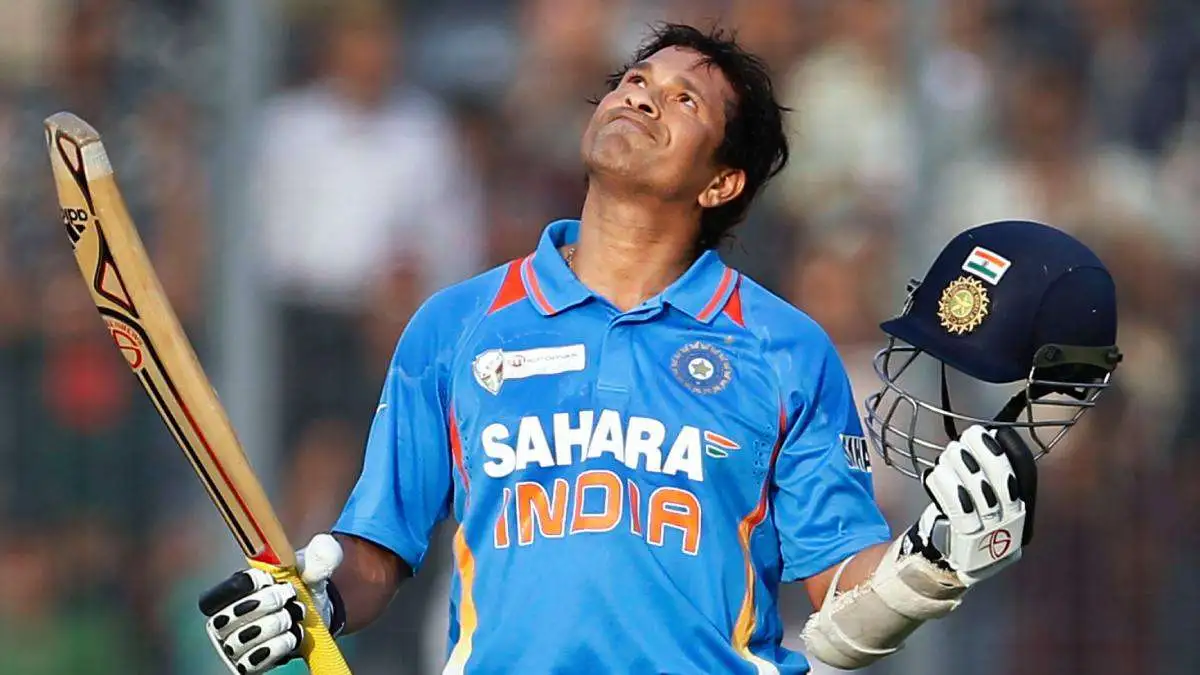
Sachin Tendulkar: The God of Cricket and His Legendary Journey
What if I told you that one man carried a billion dreams every time he walked onto the cricket field?
For over two decades, whenever Sachin Tendulkar walked out to bat, an entire nation held its breath. Businesses paused, streets emptied, and televisions flickered in every home across India. His journey from a curly-haired teenager to the “God of Cricket” isn’t just a sports story—it’s a tale of passion, perseverance, and perfection that continues to inspire millions worldwide.
Even now in 2025, years after his retirement, the magic of Sachin remains undimmed. Just a few months ago, the 51-year-old master led India Masters to victory in the inaugural International Masters League, proving that legends never truly fade away.
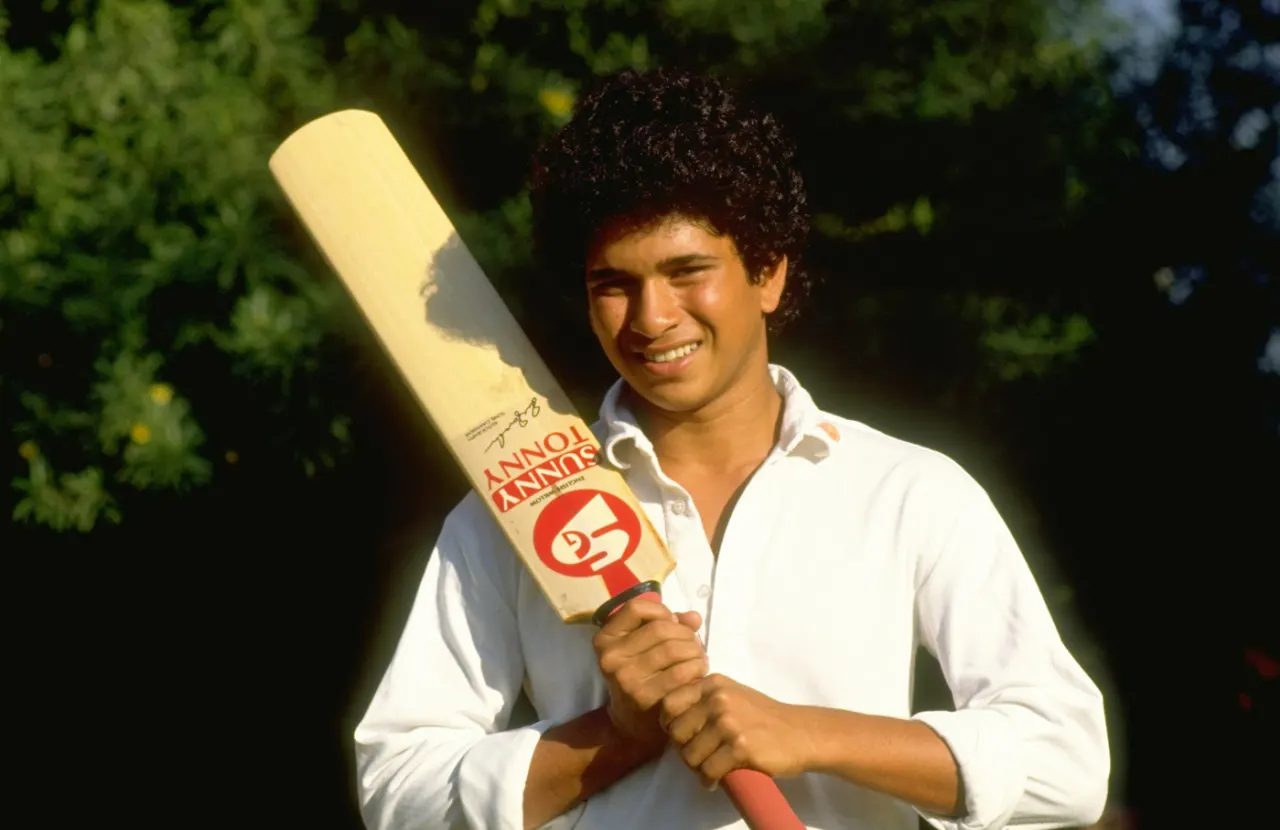
A Mumbai Boy With Big Dreams
Born on April 24, 1973, in Mumbai (then Bombay), Sachin was the youngest of four siblings in a middle-class Maharashtrian family. His father, Ramesh Tendulkar, was a respected Marathi novelist and poet who named his son after his favorite music director, Sachin Dev Burman.
Interestingly, cricket wasn’t his first love! Young Sachin initially idolized American tennis star John McEnroe, even copying his rebellious long hairstyle. But destiny had other plans when his elder brother Ajit recognized his cricketing potential and took him to meet the legendary coach Ramakant Achrekar in 1984.
Their first meeting didn’t go as planned. Feeling nervous under Achrekar’s watchful eyes, Sachin couldn’t perform well. In a moment that changed cricketing history, Ajit asked the coach to give his brother another chance—but this time, to watch him secretly from behind a tree. Without the pressure, Sachin’s natural talent shone through, and he was immediately accepted into the academy.
“I’ll never forget those 13 one-rupee coins I won when Coach Achrekar would place them on the stumps during practice. If I batted an entire session without getting dismissed, the coins were mine. Those are among my most prized possessions.” — Sachin Tendulkar
At Shardashram Vidyamandir school, Sachin’s days became a blur of cricket. Morning practice, school, evening practice, and more cricket under streetlights. His dedication was extraordinary—often taking multiple buses across Mumbai, bat in hand, moving from one match to another.
The 16-Year-Old Who Faced Fire
November 15, 1989. A date etched in cricket history.
A baby-faced 16-year-old Sachin walked out to face the fearsome Pakistani bowling attack of Wasim Akram, Waqar Younis, and Imran Khan on their home turf. Most teenagers would crumble under such pressure, but not Sachin.
When a fiery bouncer from Waqar Younis struck him on the face, drawing blood, spectators expected him to retire hurt. Instead, he wiped the blood away, adjusted his helmet, and took guard again—a moment that showcased the steely determination that would define his career.
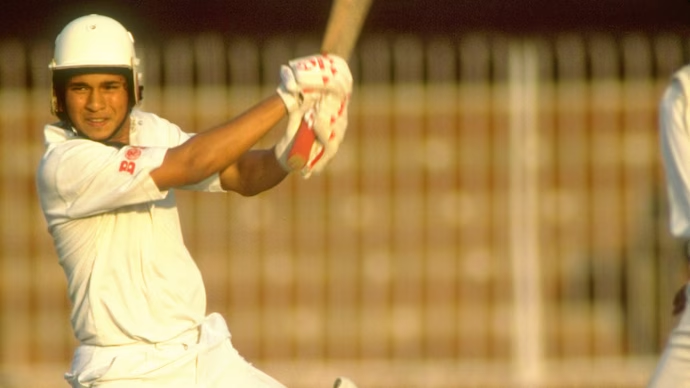
His first Test century came in 1990 at Old Trafford against England—a match-saving 119 not out at just 17 years of age. With that innings, a star was born, and India found its new batting hope.
The Records That Seemed Impossible
Sachin’s career statistics read like fantasy cricket:
- 200 Test matches (most by any player)
- 15,921 Test runs (highest ever)
- 18,426 ODI runs (again, highest ever)
- 100 international centuries (51 in Tests, 49 in ODIs)
- First male cricketer to score a double century in ODIs
- Most Man of the Match awards (62) in ODIs
But these numbers, as staggering as they are, don’t tell the complete story. They don’t capture the weight of expectations he carried, the technical perfection of his straight drive, or how he adapted his game across generations of cricketers.
During the 1990s, Sachin was often the lone warrior for India. When he got out, fans would switch off their televisions, knowing India’s chances walked back to the pavilion with him. Few athletes have ever shouldered such responsibility with such grace.
The World Cup Dream
For all his personal records, one trophy remained elusive for most of Sachin’s career—the Cricket World Cup.
In 2003, India reached the final under his leadership but fell short against Australia. The image of a dejected Sachin collecting his runner-up medal remains a poignant reminder of unfulfilled dreams.
But the cricket gods had a different story planned for 2011. On home soil, a 38-year-old Sachin—in what would be his final World Cup—finally got to lift the trophy after India’s victory.
“Winning the World Cup is the proudest moment of my life. I couldn’t control my tears of joy.” — Sachin Tendulkar
When younger teammates carried him around the Wankhede Stadium on their shoulders, captain MS Dhoni explained it perfectly: “He’s carried the burden of the nation for 21 years. It’s time we carried him on our shoulders.”
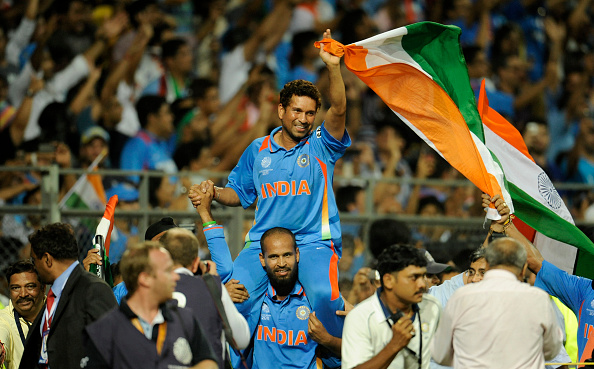
Beyond the Boundaries
Not every chapter in Sachin’s story featured triumphs. His tenure as captain was modest at best, with just 4 wins in 25 Tests. He faced ball-tampering allegations in 2001, controversial umpiring decisions by Steve Bucknor, and the disappointment of being stranded at 194* when Rahul Dravid declared India’s innings against Pakistan in 2004.
The “Monkeygate” scandal of 2008 also put him in a difficult position as he navigated between supporting his teammate and maintaining cricket’s diplomatic relations.
But through it all, Sachin maintained his dignity. His response to challenges revealed his character as much as his centuries revealed his class.
The Philanthropist and Entrepreneur
Off the field, Sachin’s life has been equally meaningful. Together with his wife Anjali, a pediatrician whom he married in 1995, he established the Sachin Tendulkar Foundation, focusing on underprivileged children through initiatives in education, health, and sports.
In 2025, the foundation celebrates its fifth anniversary, with his daughter Sara joining as a director, continuing the family’s commitment to giving back.
Always forward-thinking, Sachin recently launched “Ten X You,” a sports athleisure brand focused on making premium sporting goods accessible through local manufacturing. True to his perfectionist nature, he personally tests every product before it reaches the market.

The Tendulkar Legacy
How do you measure Sachin’s impact? In runs and records? In the billions of dollars he helped generate for cricket? Or perhaps in the millions of children who picked up a bat because of him?
Wisden ranks him as the second-greatest Test batsman of all time (behind only Don Bradman) and the second-greatest ODI batsman (after Viv Richards). But his true ranking in Indian hearts is undisputed—he’s number one.
His awards cabinet includes the Arjuna Award, Rajiv Gandhi Khel Ratna, Padma Shri, Padma Vibhushan, and in 2014, he became the first sportsperson to receive the Bharat Ratna, India’s highest civilian honor.
Current Indian stars like Virat Kohli and Rohit Sharma openly acknowledge his influence on their careers. Whenever they break one of his records, their first reaction is always one of respect and disbelief that they’ve matched their hero in any way.
The Master’s Enduring Magic
In February 2025, at 51 years old, Sachin showed he still has that magic touch when he led India Masters to victory in the International Masters League. Scoring 181 runs in six matches with a strike rate of 153.38, he proved that class is permanent.
What makes Sachin’s story so powerful is not just the runs or records, but the humility with which he carried himself. In a career spanning 24 years, he remained the same person—devoted to his craft, respectful to opponents, and grateful to fans.
“When people throw stones at you, turn them into milestones.” — Sachin Tendulkar
There will never be another Sachin Tendulkar. But in every young cricketer who practices till sunset, in every fan who believes in dreams, and in every moment of cricketing excellence, his spirit lives on.
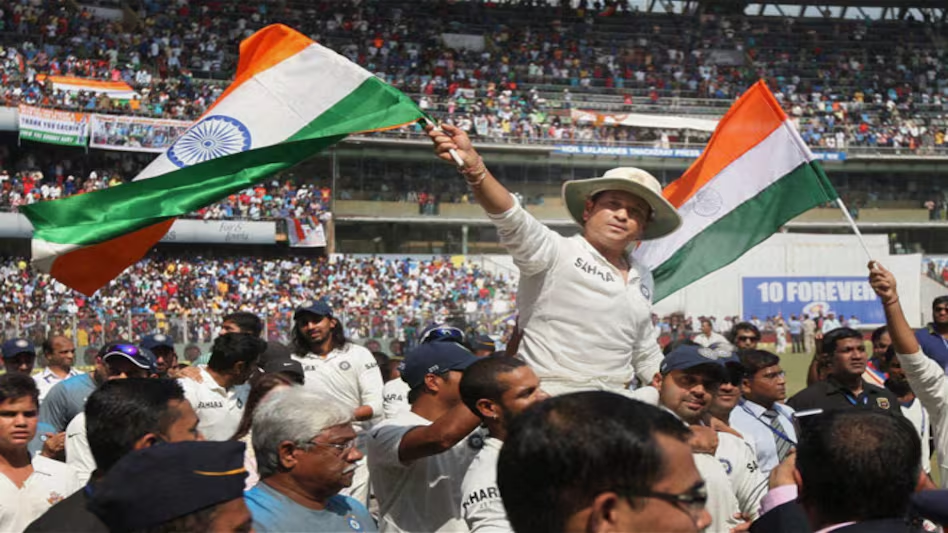
You May Also Like

Shubman Gill Biography: The Future of Indian Cricket

Suryakumar Yadav Biography: India’s 360-Degree Batting Marvel
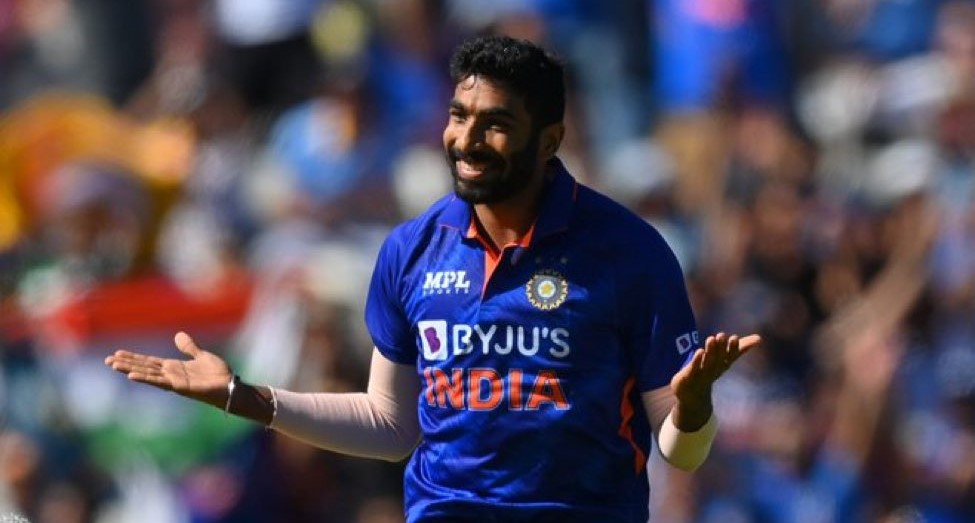
Jasprit Bumrah Biography: The Rise of India’s Yorker King

Mohammed Shami Biography: The Swing King of Indian Cricket
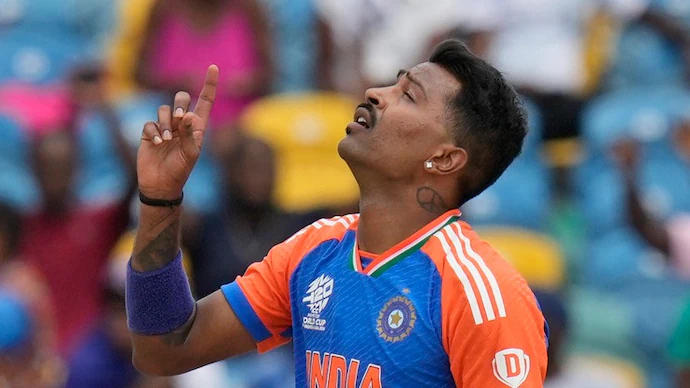
Hardik Pandya: The Powerhouse All-Rounder Redefining Indian Cricket
